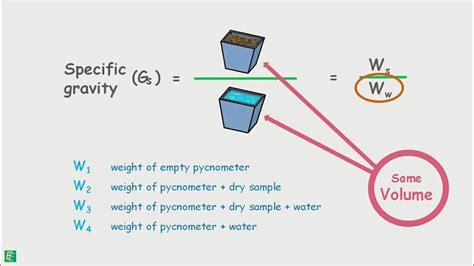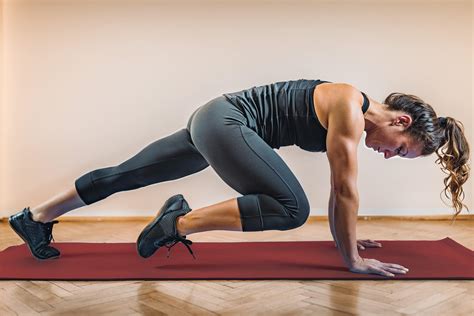What specific programming tweaks break strength plateaus in compound lifts for peak gains?

Conquering the Stubborn Strength Plateau
Every dedicated lifter eventually faces it: the dreaded strength plateau. Those consistent gains in compound lifts like the squat, deadlift, and bench press suddenly halt, leaving you frustrated and questioning your programming. While linear progression serves beginners well, advanced lifters require more sophisticated strategies to continuously challenge their bodies and achieve peak gains.
Understanding Why Plateaus Occur
Plateaus aren’t a sign of failure; they’re an indication that your body has adapted to the current demands of your training. Continuing with the same sets, reps, and intensity will no longer provide the necessary stimulus for further growth. To break through, you need to introduce new stressors that force your body to adapt again, often by manipulating key training variables such as volume, intensity, frequency, and exercise selection.

The Power of Periodization: Structuring Your Progress
Periodization involves systematically varying your training program over time to maximize adaptations and prevent overtraining. Instead of a single, unchanging approach, periodization breaks your training into distinct phases, each with specific goals.
Linear Periodization
Traditionally, linear periodization progresses from higher volume/lower intensity to lower volume/higher intensity over several weeks or months, culminating in a strength peak. While effective, its predictability can sometimes lead to stagnation in very advanced athletes.
Undulating Periodization (Daily/Weekly)
Undulating periodization, particularly daily undulating periodization (DUP), involves varying training parameters more frequently—often within the same week or even session. For example, one day might focus on hypertrophy (higher reps), another on strength (moderate reps), and a third on power (low reps, explosive movements). This constant change keeps the body guessing and can be highly effective for breaking plateaus.
Block Periodization
Block periodization segments training into distinct blocks, each focusing on a specific adaptation (e.g., a hypertrophy block, followed by a strength block, then a peaking block). This allows for intense, focused training on one quality before transitioning to the next, ideal for advanced lifters aiming for specific competition dates.
Strategic Volume and Intensity Manipulation
Adjusting the amount of work (volume) and the weight lifted (intensity) is crucial for overcoming plateaus. Simply adding more weight indefinitely isn’t sustainable.
High Volume, Lower Intensity Phases
Incorporating phases with higher training volume (more sets and reps) at a slightly lower intensity (lighter weight) can build work capacity, improve technique endurance, and prepare your body for subsequent heavier lifting. This can enhance muscle hypertrophy and reinforce movement patterns.
Low Volume, High Intensity Phases
Conversely, periods of lower volume but very high intensity (fewer sets/reps with maximal or near-maximal weights) are essential for peaking strength. These phases are neurologically demanding and should be strategically placed, often after a higher volume block, to allow for optimal recovery and performance.

Implementing Deloads and Active Recovery
Often overlooked, recovery is a non-negotiable component of progress. Continual high-intensity training without adequate recovery leads to accumulated fatigue, diminished performance, and eventually, plateaus or injury.
Deload Weeks
A deload week involves significantly reducing your training volume and/or intensity (e.g., 50-70% of usual) for 5-7 days. This allows your central nervous system to recover, repairs muscular micro-trauma, and reduces joint stress. Many lifters find they return stronger and more refreshed after a properly executed deload.
Active Recovery
Beyond structured deloads, incorporating active recovery days (light cardio, stretching, foam rolling) and prioritizing sleep and nutrition are fundamental for sustained progress and breaking through strength barriers.

Targeted Accessory Work and Technique Refinement
Compound lifts are only as strong as their weakest link. Addressing muscular imbalances or technical flaws can unlock significant strength gains.
Accessory Exercises
Identify weaknesses in your main lifts. For example, if your lockout is weak in the bench press, incorporate tricep extensions, close-grip bench press, or board presses. If your squat depth is an issue, add paused squats or specific mobility work. Tailoring your accessory movements to your individual needs is critical.
Technique Refinement
Sometimes, a plateau isn’t a strength issue but a technical one. Video yourself performing your lifts from various angles. Analyze your form for inefficiencies, energy leaks, or compensations. Even minor adjustments to foot placement, bar path, or bracing can lead to substantial improvements in strength and safety.

Auto-Regulation and RPE Training
Listening to your body and adjusting your training on the fly is a powerful tool for advanced lifters.
Rate of Perceived Exertion (RPE)
RPE training uses a scale (typically 1-10) to gauge how difficult a set feels. An RPE of 10 is maximal effort, while RPE 8 means you could have done 2 more reps. Programming based on RPE allows for flexibility: on days you feel strong, you can push harder, and on days you feel fatigued, you can adjust the weight down while maintaining the intended RPE. This prevents overreaching and ensures consistent, productive training.
Reps In Reserve (RIR)
Similar to RPE, RIR focuses on the number of reps you could have performed before failure. An RIR of 2 is equivalent to RPE 8. Both methods empower lifters to make intelligent adjustments based on their daily readiness, making training more sustainable and effective.

Conclusion: A Multi-Faceted Approach
Breaking strength plateaus in compound lifts is rarely about one single tweak; it’s about intelligently combining various programming strategies. From advanced periodization models and strategic volume/intensity manipulation to prioritized recovery, targeted accessory work, technique refinement, and auto-regulation, a comprehensive approach is key. Experiment with these tweaks, listen to your body, and consistently analyze your progress to continually challenge your limits and achieve peak strength gains.









